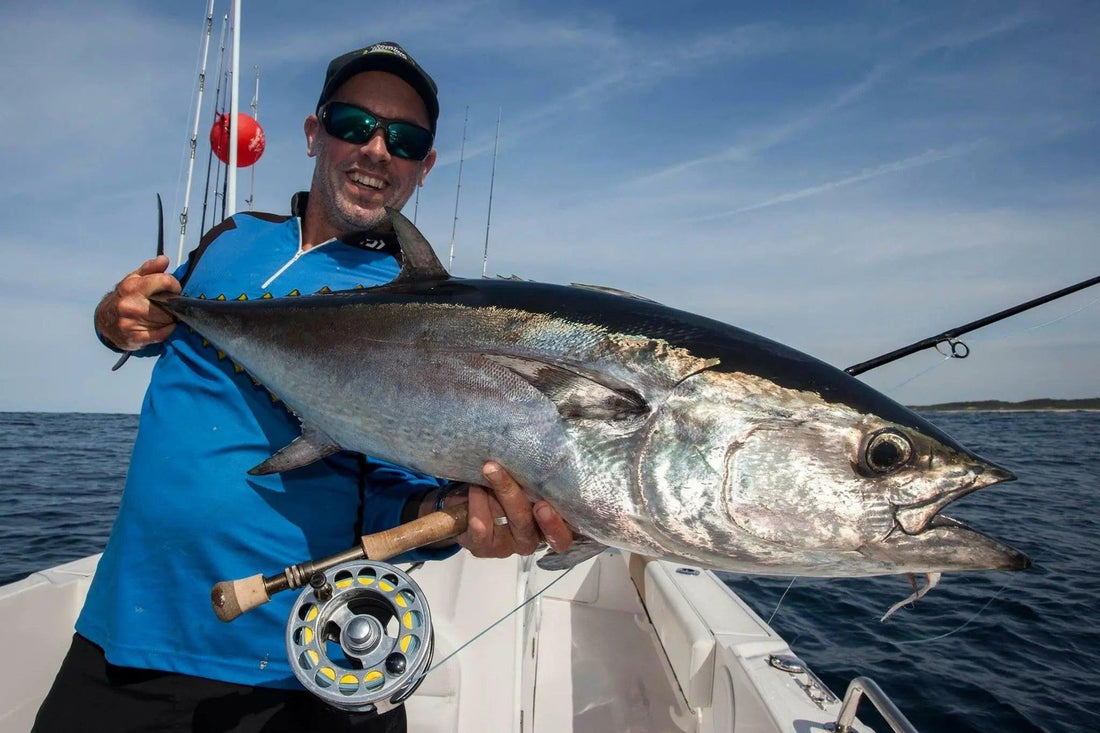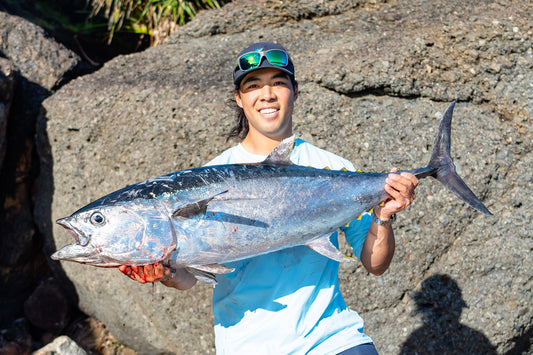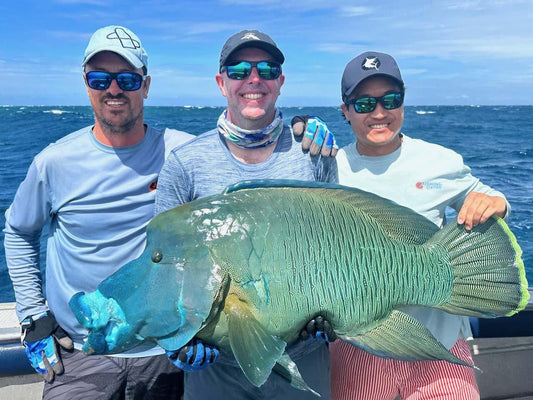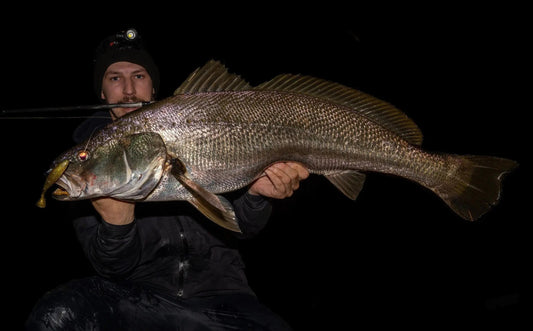Have you ever thought of taking up flyfishing? Perhaps you thought it was too hard? Too expensive? Too complicated? Too mysterious? Or maybe you thought it just made catching fish too hard? The answer to almost every flyfishing question is that “it depends”. In the case of most of these statements, they are not true.
There is nothing more satisfying than tying your own flies, heading to the water and fooling a challenging fish with a hand tied fly, possibly your own. The act of casting alone is thoroughly enjoyable for so many. Imagine presenting your fly to a wary fish and working it back, only to have the line go tight in your hands as that fish seizes the fly and runs, your line sizzles through your hands and onto the reel as the fish lunges for freedom. It’s addictive, exhilarating and its another way to bring so much enjoyment to our sport. It is also accessible to most of us.
The first step to flyfishing is learning to cast and I honestly believe it is actually very easy for the majority of people to learn quite quickly. For the average spin or baitcasting angler to be even half good at putting a lure accurately into a jetty pylon or mangrove snag requires a lot of practice and some expertise. It requires a similar amount of skill and effort to competently cast a fly.
Casting a fly rod is counter-intuitive, the best thing you can do to fast track your progress is get a qualified instructor for a lesson and then practice a few times a week for the first couple of weeks. Flyfishers International (FFI) have a bunch of certified instructors in Australia, we have a qualified instructor on staff or you can research your local instructor here
https://www.flyfishersinternational.org/Get-Involved/Connect-with-FFI-Members/Casting-Instructors
When it comes to fish species to chase, the options are vast. You can chase most species of fish that will eat a lure, with a fly rod. There are many situations where a fish that won’t eat a lure will happily eat a fly. Luderick, Mullet, fussy Trout and Milkfish come to mind.
Fly rods can be found in weights from a 0 weight up to 17wt. The weight corresponds to the weight of flyline you wish to cast. Because mass moves mass, a larger fly will require a heavier line and hence a heavier rod to cast it. To give an idea, a 0wt fly rod would be best suited to tiny trout in small spring creeks using tiny flies, for instance a size #20 hook. A 10wt on the other hand would suit a larger cod fly or barra popper. This #10wt rod would handle fish like longtail tuna and mid sized kings and GT’s. A beastly large 17wt will throw a large flashy profile fly for larger marlin and sharks or big yellowfin tuna ,but its mass would make it hard to cast for long periods of time and they are usually only cast once or twice before the fish is either hooked or loses interest.
Fly lines can be floating, slow sink (intermediate) or fast sinking lines that can be used to fish depths up to 90 or 100 feet. There are various sink rates on the lines, usually marked as IPS (inches per second). There are also sink tip lines which are usually a floating line with a sinking tip anywhere from 6-30 feet. Less common are hover lines which usually sit just below the surface.
Fly lines have come a very long way over the years and the new generations of lines from companies like scientific angler and Rio have revolutionised casting and fishing.
Textured coatings on some of the Scientific angler lines allow less casting friction, whilst Rio’s new low stretch cores assist with awesome hook sets and more direct control of fish in the fight. There are tropical cores and cold water lines as well to suit all locations.
Be aware that for the Sydney region we find that tropical cores like the Rio flats pro or SA titan clear tips work all year round, especially if you stretch them whilst most coldwater lines will wilt in high summer heat.
Understanding fly line tapers can be complicated and require too much explanation here but it is important to let shop staff direct you to the line that will suit most your needs.
When it comes to fly tying, the hardest part is finding the materials, Fishing Station takes pride in having an extensive range for the beginner to advanced tier. Start your tying with easy flies like Clouser minnows for saltwater and pheasant tail nymphs for freshwater.
It is not expensive to get one of fishing stations basic saltwater fly tying kits to set you on your journey and don’t forget Youtube is an endless resource for tying enthusiasts If you can think of a pattern, its most likely there with easy instructions.
Rods and reels can be purchased in a quality set without the need for big outlay of funds Modern outfits from Redington, TFO or Gillies are certainly very good tools for the beginner through intermediate angler. Buy the best you can afford and stick to saltwater rods and reels unless you are 100% sure they are only ever going to be used in fresh water.
Don’t neglect the accessories like line cleaners, tippet holders, vests, fly boxes, floatants, and of course flies and hooks. There’s so much to love and learn about fly fishing and the team at Fishing Station are happy to help you from beginner to advanced.








